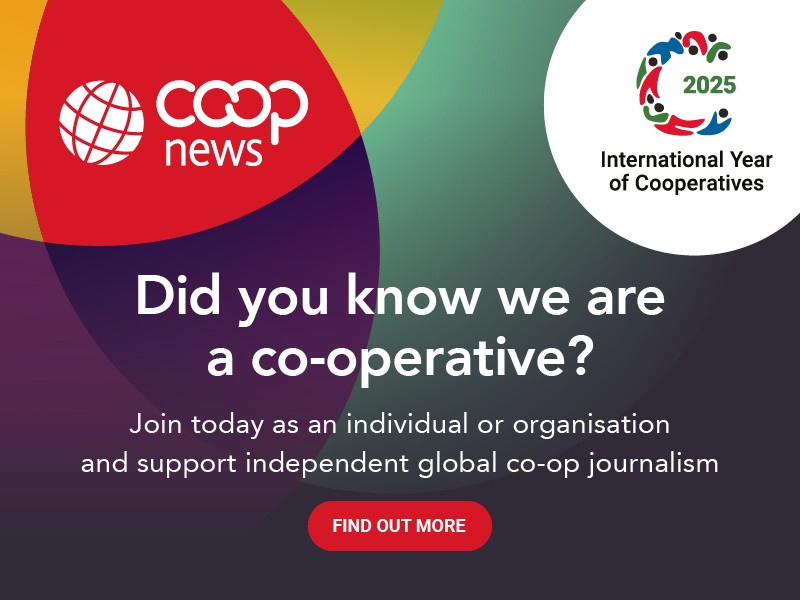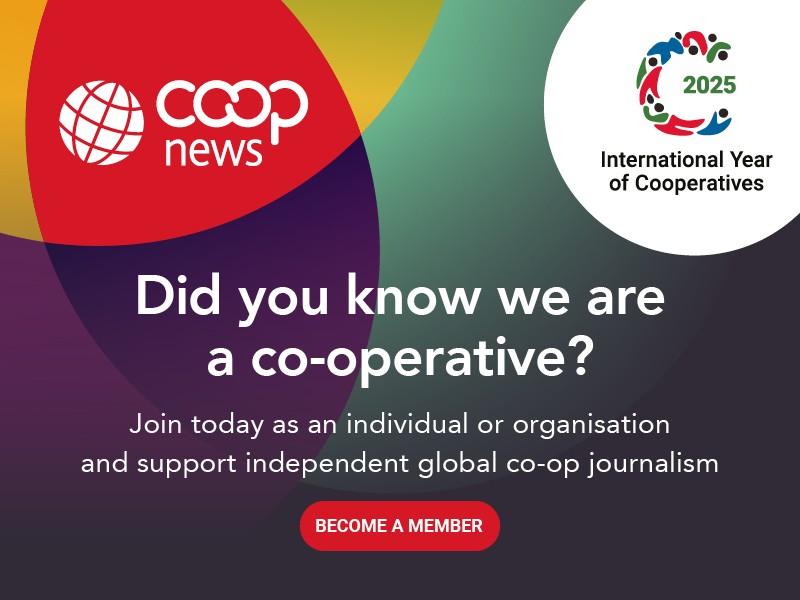It has been a busy year for the team at DotCooperation (DotCoop), the Registry of the .coop and .creditunion domain names.
In February they relaunched Stories.coop, a platform that shares information about the co-operative model, its values and principles and its impact on local communities. And this month they announced the launch of a regularly updated global map of co-op businesses and organisations.
DotCoop says the map is “the first step in revolutionising how co-operatives connect, communicate, and showcase their global impact”.
Developed with the support of the Oxford-based Digital Commons Cooperative, the map uses open software to merge data from numerous organisations in the world.
Over 12,000 co-ops have already been added to the map, which will provide information on co-ops by name, sector or type through tailored search functionalities, including country, primary activity, DotCooperation registration and International Cooperative Alliance membership.
“The map has got its use at all levels,” thinks Tom Ivey, Community Development manager at DotCoop. He explains that consumers as well as co-ops can use it locally to find bonafide co-ops to source products or services from. The project aims to promote Principle 6 of co-operation among co-operatives, in a digital era. Users can also browse the map to find co-operative federations in their country or region.
Membership bodies can also use the map in their advocacy efforts, to showcase the co-op ecosystem on a regional or global scale. Apexes can also use it to search for potential members by checking what co-ops exist in their area.
Related: Stories.coop relaunched ahead of the International Year of Cooperatives 2025
“This is a tool that we are giving to the movement to make use of,” says Ivey. With 2025 being declared the International Year of Co-operatives (IYC) by the United Nations, DotCoop wanted to use the year to showcase co-ops around the world.
“The IYC is our excuse to do this but it’s not why they are doing this, it’s a tool that will last long into the future,” he adds.
DotCoop hopes the map will also enable co-ops to build circular economies. Post launch, it will be updated regularly, continuing to merge data and statistics from different organisations.
DotCoop, which is jointly owned by NCBA CLUSA and the International Cooperative Alliance (ICA), is driven by a mission to unite and strengthen the co-operative community through a shared and recognised online identity.
The Global Cooperative Map is a self-funded project that feeds into this mission to develop tools to help people celebrate the co-op difference and identity, says Ivey.
The DotCoop team is inviting co-ops worldwide to contribute to and use the map to help gather, harness and own their data, gain visibility and collectively showcase the movement’s impact on a global stage.
DotCoop announce the launch of the map at the NCBA’s Impact conference in Washington DC (2-4 October). A demo site of the Cooperative World Map will be launched during the International Cooperative Alliance conference in New Delhi, India, in November 2024, with a full launch planned in 2025.

